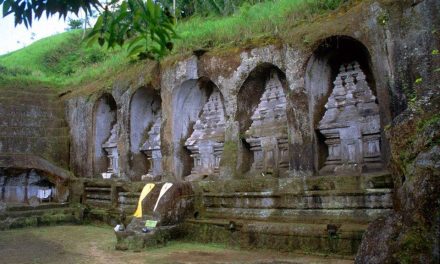If you’re a photography enthusiast or even just someone who loves to capture memories, Ubud, Bali is the perfect backdrop for your adventures. Nestled in the lush green hills of Bali, Ubud is known for its serene landscapes, vibrant culture, and artistic heritage. In this article, I’ll take you through my personal experiences with Ubud photography tours and workshops, share some insights, and provide some practical tips to help you make the most out of your photography journey in this enchanting town.
Discovering Ubud Through My Lens
When I first arrived in Ubud, I was struck by the rich tapestry of colors, textures, and scenes that surrounded me. The terraced rice paddies, intricately carved temples, and the lively markets all presented endless photographic possibilities. However, rather than wandering aimlessly, I decided to join a photography tour to fully immerse myself in what Ubud has to offer.
I remember my first workshop vividly. It was an early morning session that started at sunrise. The air was crisp, and the golden sun cast a magical glow over the rice fields. My guide, a local photographer, encouraged us to focus on the interplay of light and shadows. It was a simple yet profound tip that transformed my pictures from ordinary to extraordinary.
Choosing the Right Tour for You
Ubud offers a variety of photography tours and workshops tailored to different skill levels. Whether you’re a beginner looking to grasp the basics or an advanced photographer seeking creative inspiration, you’ll find something that suits your needs.
1. Beginner-Friendly Workshops: If you’re new to photography, look for tours that cover the fundamentals. Many workshops offer discussions on composition, lighting, and camera settings. I took a beginner class where we explored the famous Tegalalang Rice Terraces, learning not just how to use our cameras but also how to see the world through a photographer’s lens.
2. Cultural Photography Tours: For those interested in capturing the essence of Balinese culture, consider a cultural photography tour. These often include visits to temples, traditional ceremonies, and local markets. On one such tour, we attended a village ceremony where I had the opportunity to capture the vibrant sarongs worn by the locals, which added a splash of color to my portfolio.
3. Nature and Wildlife Tours: If nature is your muse, Ubud is surrounded by lush jungles and stunning waterfalls. Join a group that focuses on landscape photography or wildlife, like at the Sacred Monkey Forest Sanctuary. I had a hilarious incident where a cheeky monkey snatched my sunglasses. While I was distracted, my friend got a candid shot of the whole fiasco that eventually made it into our photo album.
What to Bring
To ensure you’re prepared for your Ubud photography experience, here’s a checklist of essentials:
– Camera: A DSLR or mirrorless camera gives you the most flexibility, but even a good smartphone can capture stunning images.
– Lenses: Bring along a standard zoom lens and a prime lens for low-light situations or portraits.
– Tripod: This is a must for sunrise and sunset shots, especially in the rice terraces or during forest hikes.
– Water and Snacks: Photography can be physically demanding, and a little hydration and energy can go a long way.
Practical Tips for Your Photography Journey
1. Learn to Observe: Before you hit the shutter button, take a moment to observe your surroundings. Look for interesting elements, leading lines, and angles that can add depth to your shots. I often found myself standing still, soaking in the scene before capturing it.
2. Engage with Locals: The heart of Ubud beats through its people. Engage with locals, ask for permission when photographing them, and you might just uncover stories that add depth to your photos. During one tour, I met a local artist who shared her story, which enriched the images I captured.
3. Experiment with Editing: Post-processing is where you can add your personal touch. Consider taking a workshop that includes editing lessons, as I did. Learning to enhance my photos with software like Lightroom transformed how I showcased my Ubud experience.
4. Be Patient and Flexible: Sometimes the best shots are unplanned. On one rainy day, my group found ourselves stuck in a small market, but instead of feeling disheartened, we embraced the drizzle. It turned out to be one of the most magical moments. The vibrant colors of the stalls against the rain provided an unexpected and beautiful backdrop.
Conclusion: Capture Your Own Ubud Story
If you’re planning to visit Ubud, I can’t recommend taking part in photography tours and workshops enough. Not only will you refine your skills, but you’ll also create lasting memories through your lens. Each photograph you take will tell a piece of the story that is uniquely yours—filled with colors, emotions, and moments that make Ubud so special.So gather your camera gear, book your workshop, and get ready to explore Ubud through a new vibrant perspective. You’ll not only learn about photography but also experience the rich culture and breathtaking beauty that this little corner of the world has to offer. Happy shooting!






